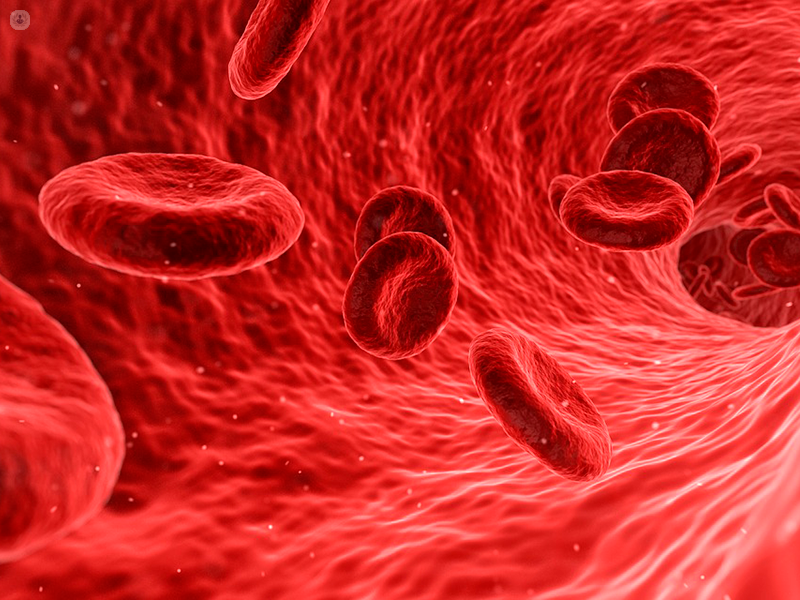


What is a low blood count?
A low blood count means that you have fewer red or white blood cells or fewer platelets in your body than normal.
A low blood count is diagnosed using a test called a full blood count, where your blood levels are compared with the population average. This is performed in a lab and involves considering many factors. “Normal” levels differ between men and women, and also across ages. Your blood count can also vary due to pregnancy, your intake of caffeine, tobacco, and alcohol, your diet, and even the time that you have a blood sample taken.

What are the symptoms?
If you have a low amount of red cells in your body, you might experience:
In addition, other people might observe that you look slightly pale.
Symptoms of a low white blood cell count can include:
What causes low blood count?
A low blood count is not necessarily a sign that anything is wrong – 5% of health people fall outside the normal range. However, there are also many cases where a low blood count is indicative of an underlying condition.
In the case of a low red blood cell count, possible causes include:
In the case of a white blood cell count, possible causes include:
How is low blood count treated?
If the doctor has detected a low blood count it is likely that you will be referred to a haematologist for more tests to reach a diagnosis, and in particular look for an infection or inflammation.
Treatment will depend on the underlying condition found, but in the case of a low white blood cell count, you may be given treatment to boost your white cells to help you fight off disease. You will also be given advice on how to avoid infections.
As long as the underlying condition is treated, your blood count should return to normal